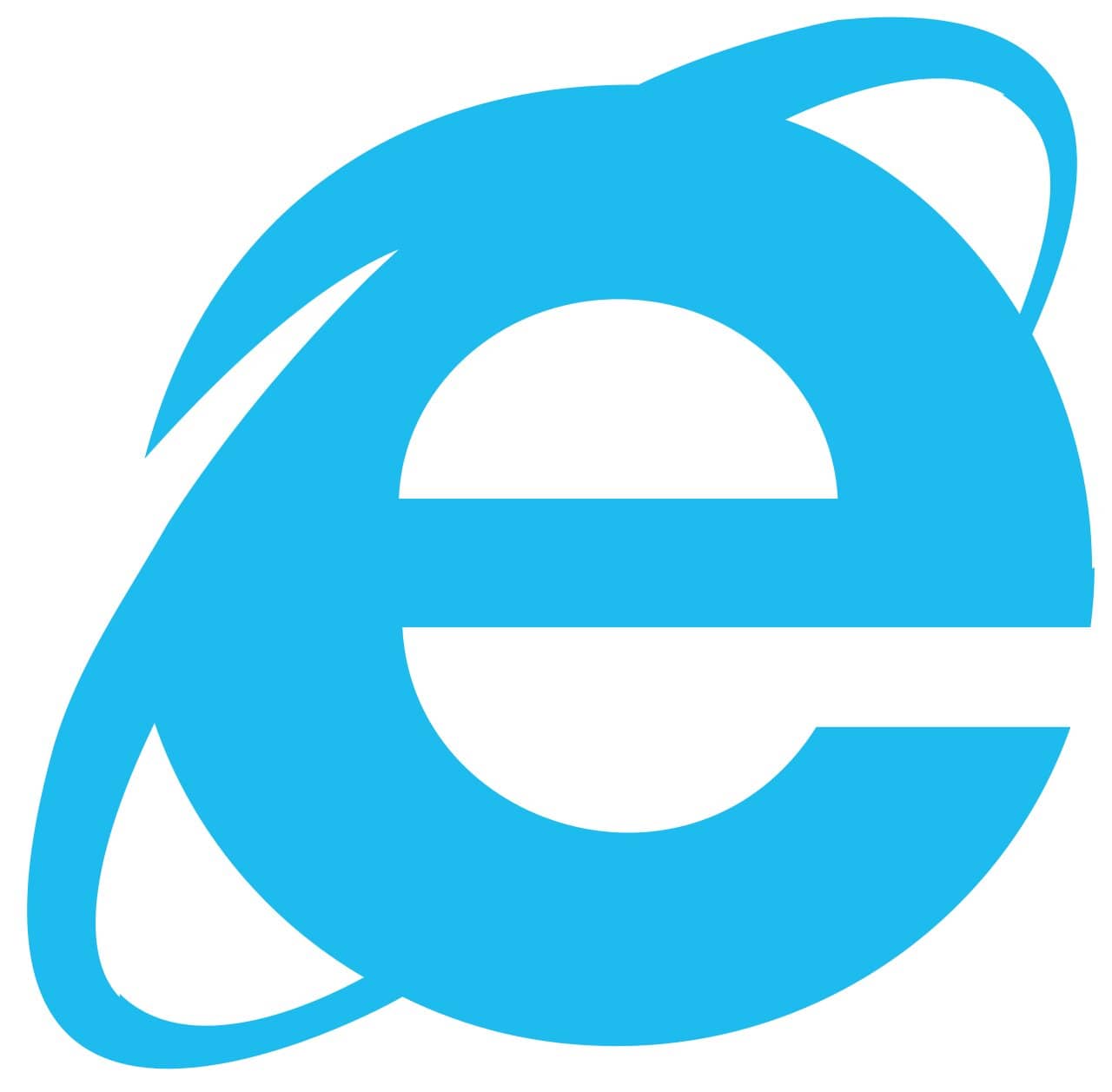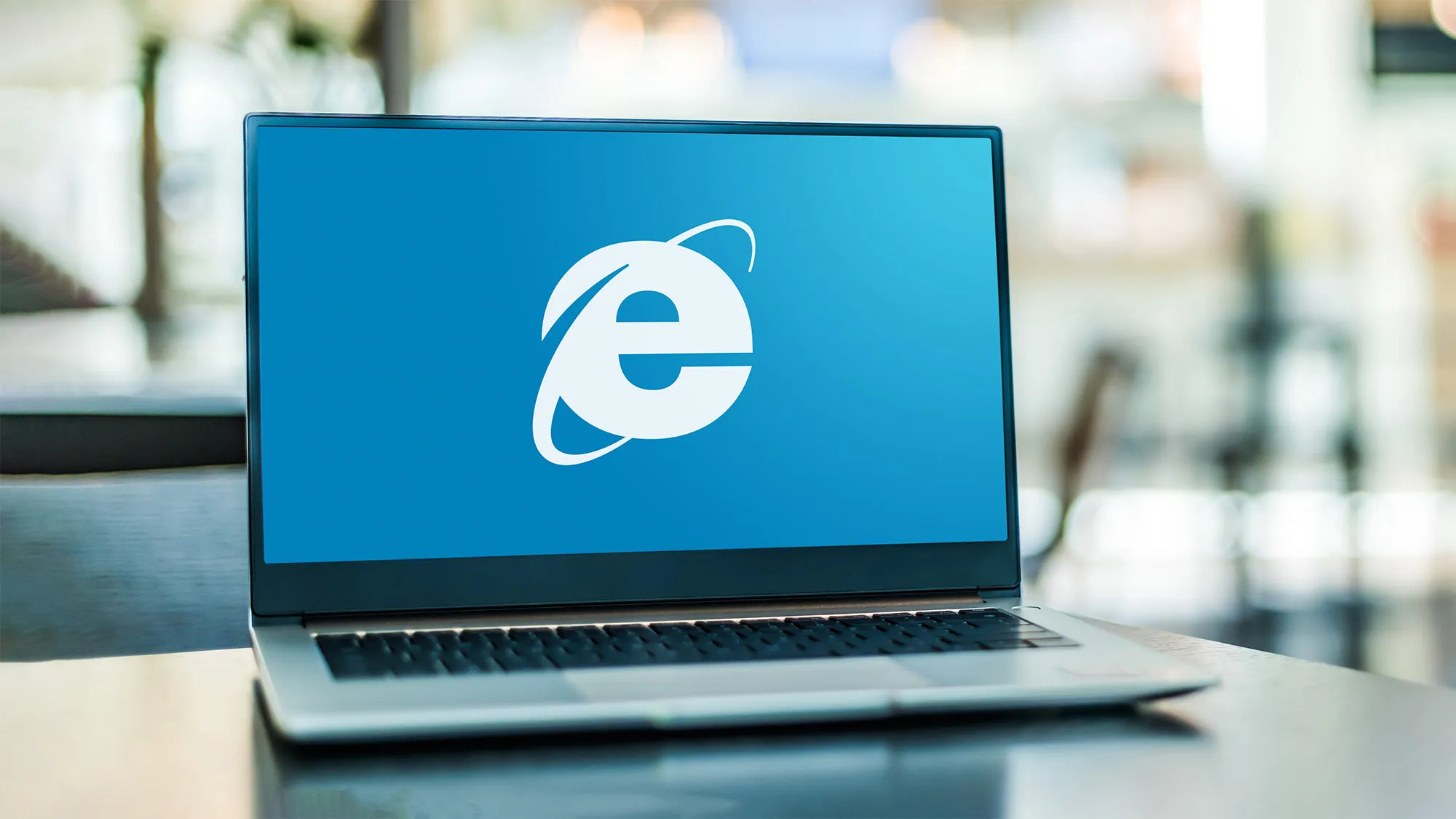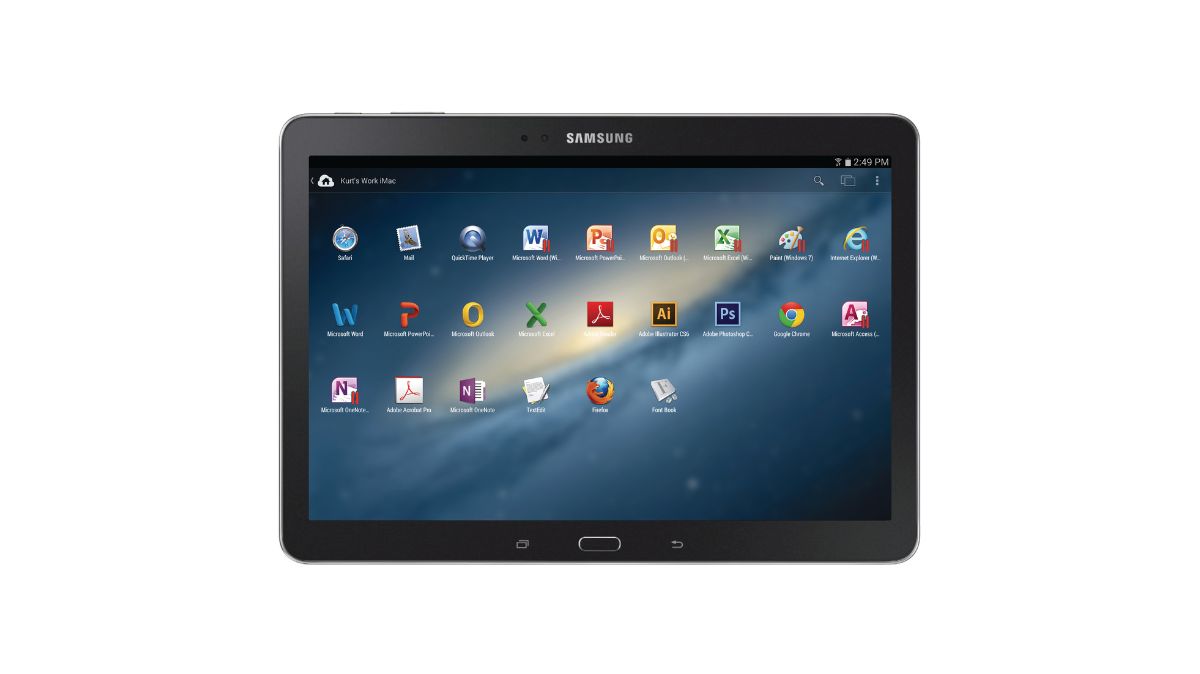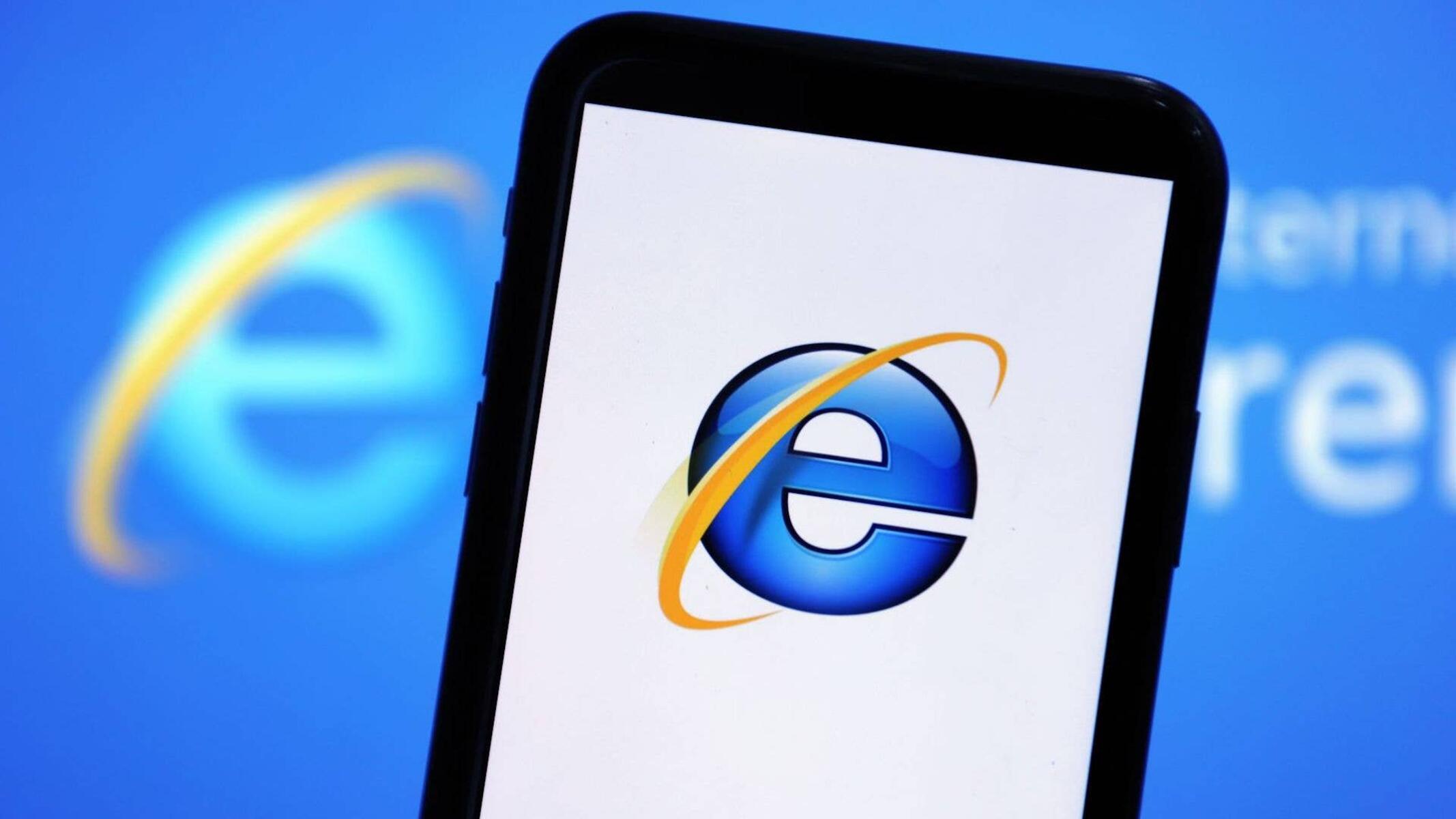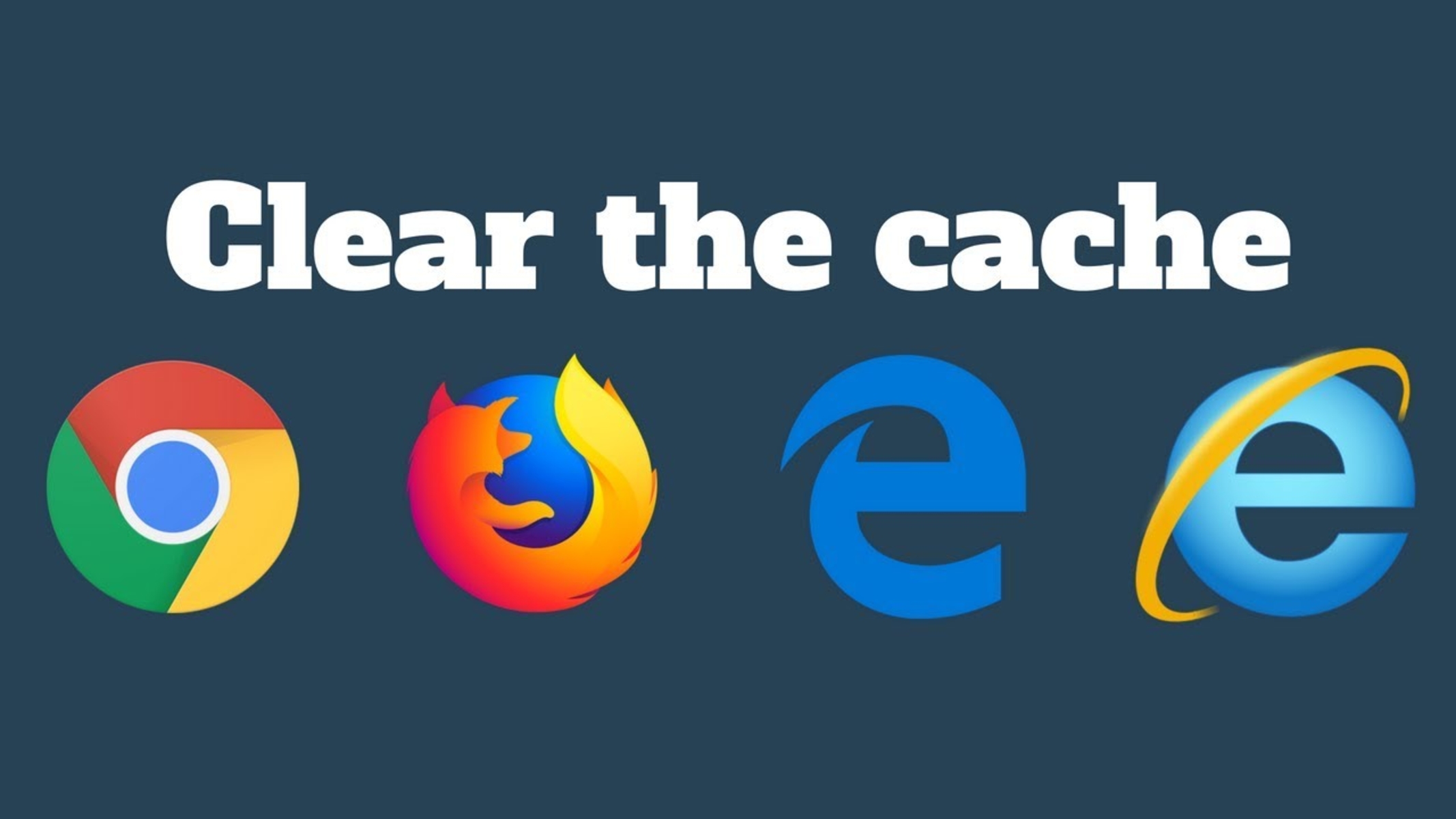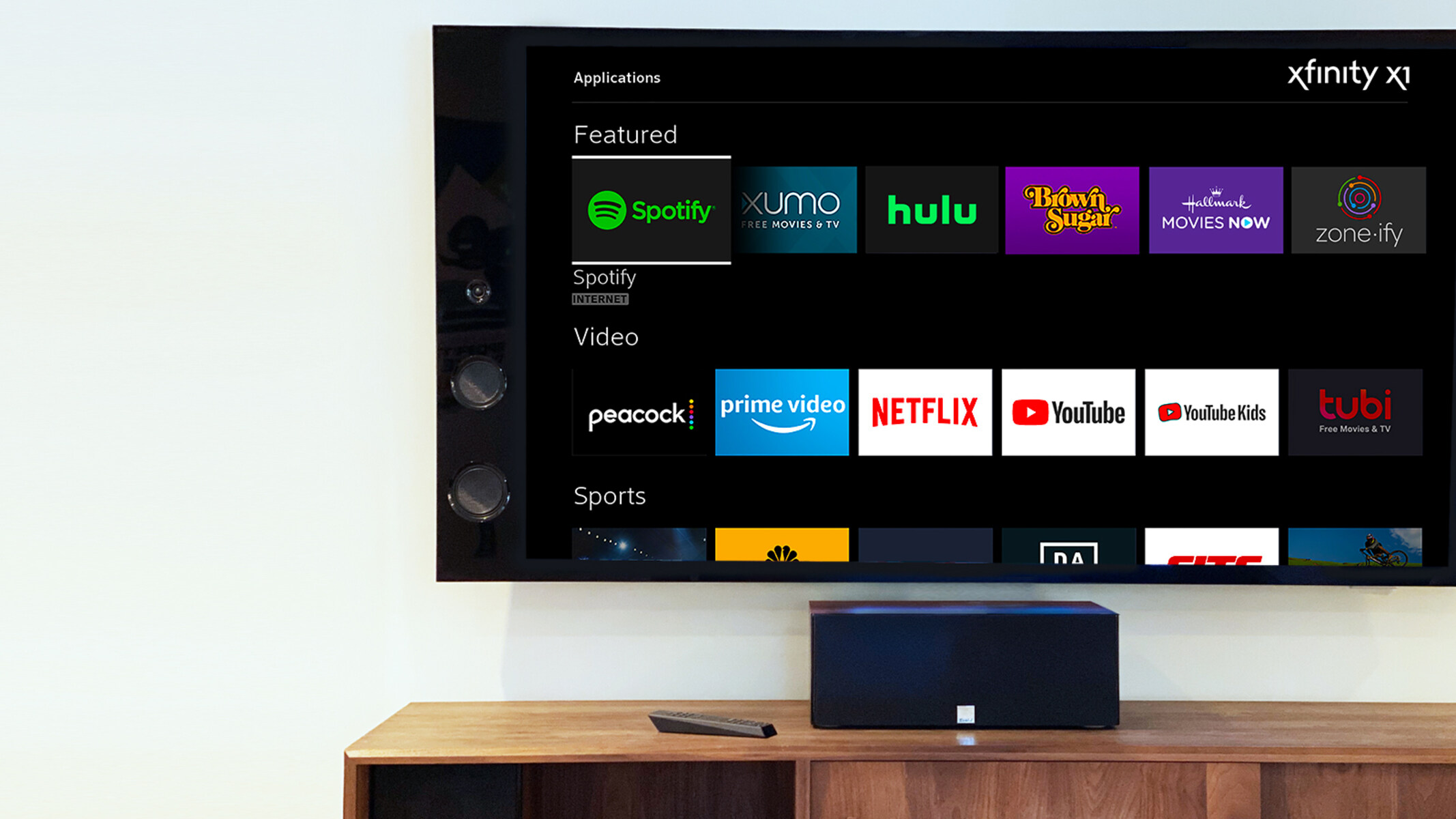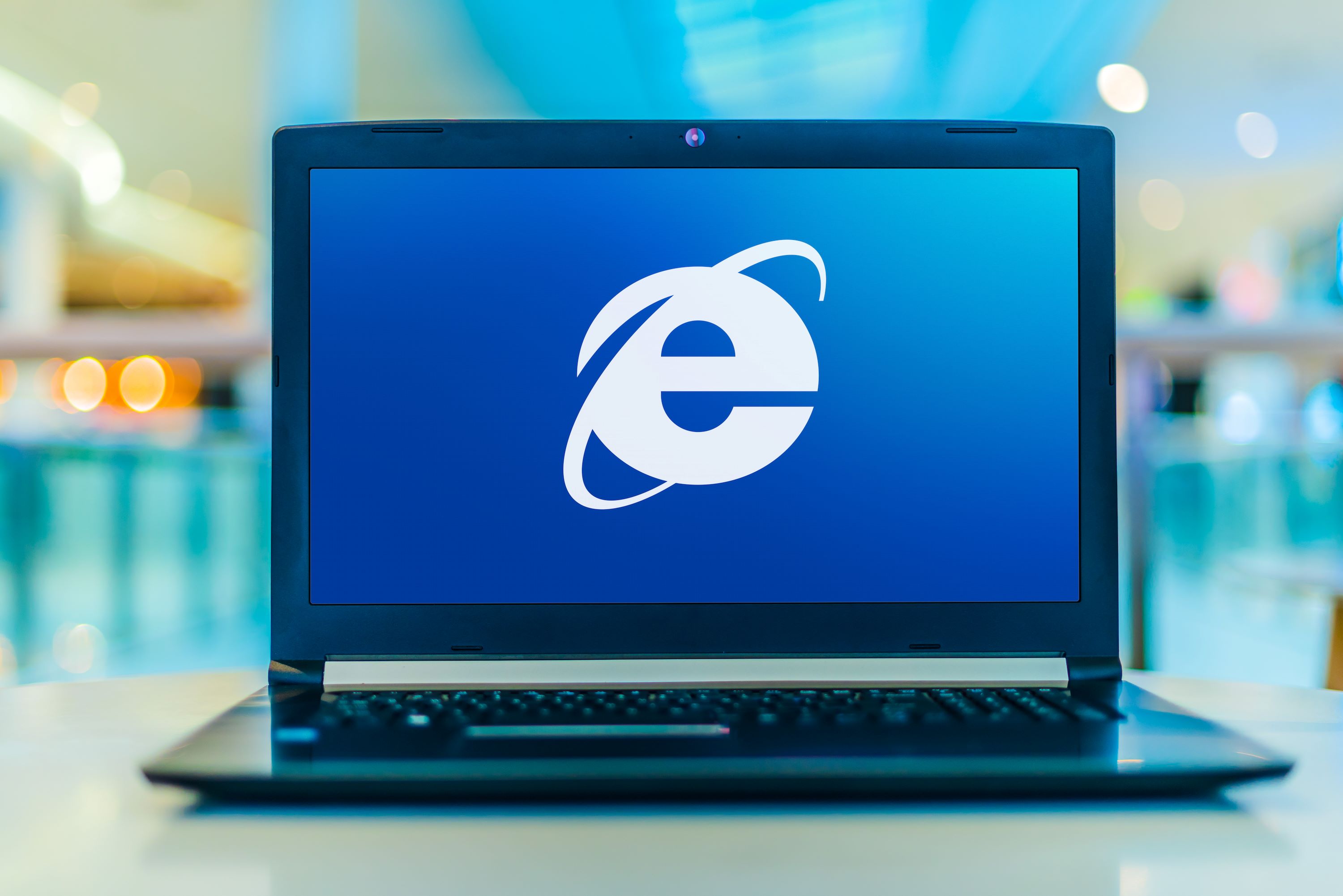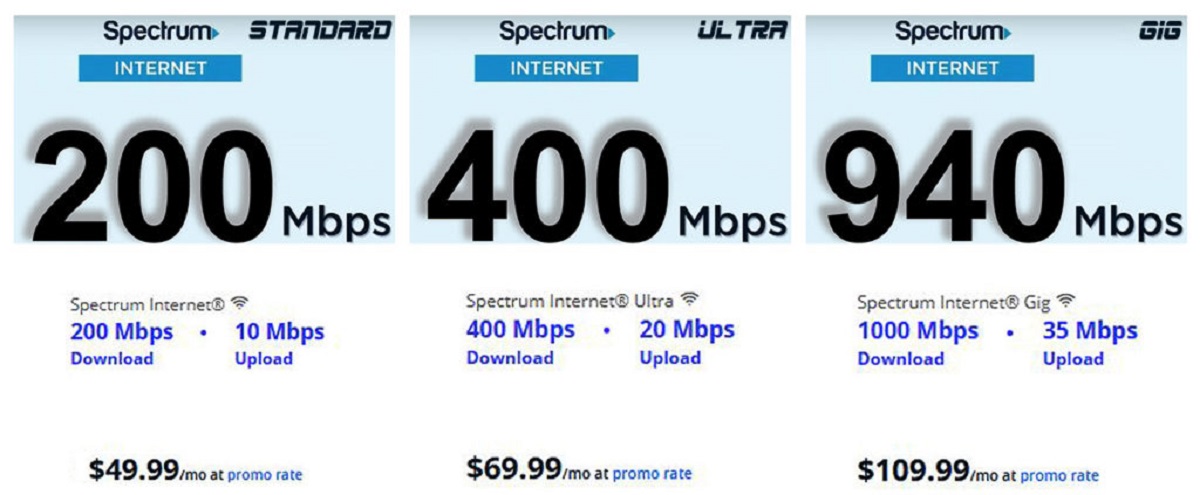Internet Explorer is finally shutting down after more than two decades in operation. Most of us have probably used Internet Explorer at least once in our lives. Many would also remember a time when IE was the most prominent web browser. But now Microsoft has decided to finally retire it in favor of the new and more modern Microsoft Edge.
In this article, we’ll explore the reasons behind the shutdown and Microsoft’s plans going forward.
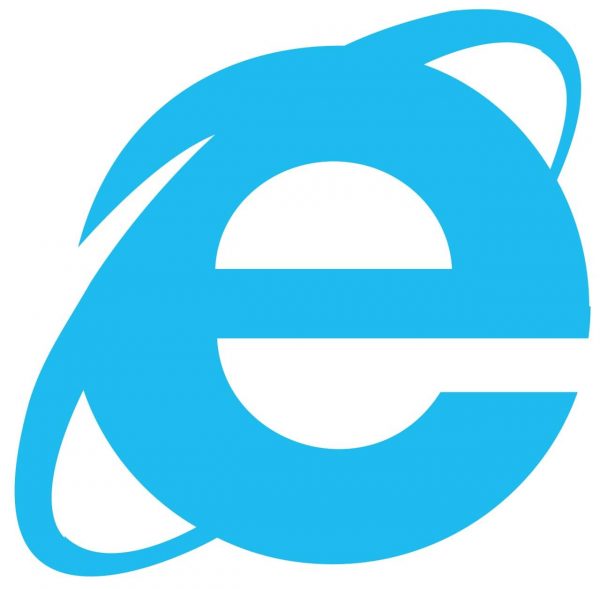

What Is Internet Explorer?
Internet Explorer is a web browser created and developed by Microsoft way back in the year 1995. Also referred to as Microsoft Internet Explorer or Microsoft Internet Explorer, this free web browser came pre-installed on all devices running Windows OS. As a matter of fact, components of IE are used in a lot of Windows programs.
It was also one of the most prevalent browsers for other operating systems. You could find Internet Explorer even on Mac and Linux computers. Many mobile platforms, including Android and iOS, also got a taste of Internet Explorer as a mobile browser.
A Look Back on the History of Internet Explorer


Internet Explorer came about when a Microsoft executive purchased licensed source code for Spyglass Mosaic in 1995. Spyglass Mosaic is a licensed version of the Mosaic browser created by the National Center for Supercomputing Applications (NCSA). This led to the creation of the very first version of Internet Explorer in 1995, which Microsoft had installed as part of its Microsoft OS. At the time of its release, it also had to compete with the Netscape browser, which had a 90% market share. The web browser reached its peak popularity between 2003 and 2010 with Versions 3.0 to 6.0.
But then, Internet Explorer Version 6.0 came along. This version was unfortunately riddled with bugs and security issues, which caused a lot of problems with users. It was also around this time that competition started to pick up. Mozilla Firefox and Google Chrome came out, proving to be more popular options for most users.
In 2015, Microsoft released its Chromium-based web browser, Microsoft Edge. Being Chromium-based, the web browser has an underlying structure more similar to Google Chrome. Using Chromium as the basis for Edge became a turning point for Microsoft. It didn’t take long for them to realize that Edge was their hope to compete with Google Chrome and Firefox.
Microsoft to Shut Down the Classic Web Browser


Microsoft announced that it would end support for IE starting August 17, 2021. The move has been a long time coming since the release of Microsoft Edge five years ago. Back in 2015, Microsoft already confirmed its intention to prioritize Edge. However, they still continued to roll out Internet Explorer with Windows 10 for a few years after that. Their reasoning is that only Internet Explorer can connect to legacy websites, and it was meant to support Edge, which at the time was not capable of viewing legacy websites.
In order to address this issue, Microsoft created a special mode on Microsoft Edge called Internet Explorer mode. This mode should allow users to access legacy websites without using Internet Explorer.
What Happens After the Shutdown?


According to Microsoft, users can still key in website addresses on the search bar of Internet Explorer. However, instead of opening the website through IE, the system will request to open the website through Edge. Once the website opens on Edge, the IE browser will close automatically. But all of this will only work if the website is compatible with IE in the first place. If it isn’t, then you will be redirected to a web page saying: “the website you were trying to visit doesn’t work with Internet Explorer.”
After that, users should also expect the system to request the automatic transfer of their Internet Explorer data into Edge. This data includes everything from passwords, favorites, and search history to settings, cookies, and home page settings. Migrating your data is optional, which means you can skip the option if you want to start fresh. After that, you can choose to proceed to Microsoft Edge to browse.
By March 2022, Microsoft will cut off all access to Internet Explorer from any of the 365 apps available in its packages. Examples of apps that will no longer support IE includes Microsoft Teams and OneDrive, to name a few. Microsoft also stated that they intend to honor investments that it made with business owners. In other words, private versions of Internet Explorer 11 will remain functional.
What Are the Reasons Behind the Internet Explorer Shutdown?


Microsoft came to the decision to shut down Microsoft for a few reasons. The primary and most important contributing factor is that they want users to focus exclusively on Edge. Many users consider Edge to be more secure, faster, and more reliable than IE. It also contains a bunch of features and add-on capabilities that Internet Explorer doesn’t have.
Another factor that played a part in Microsoft’s decision relates to the bad reputation that Internet Explorer has managed to gain for itself over the years. It started with the faulty Version 6.0, which users found to be prone to crashes, bugs, and loading problems. This coincided with the release of powerful alternatives like Google Chrome, Firefox, and Opera. The combination of having a poor reputation plus the rapid change in the competitive environment put Internet Explorer on a downward spiral. And the longer it took for Microsoft to fix the issues, the less popular the browser became, and the more people wanted to avoid it.
Read also: Microsoft Edge vs. Chrome: Which Browser is Better?
Another reason has to do with the lack of support or compatibility with a growing list of websites. Most web developers choose the browsers that their websites are compatible with. And since Internet Explorer is at the bottom of the popularity list, most don’t have an incentive to support it. The competition plus lack of support proved too much for IE to cope with.
Features We Will Miss From Internet Explorer
OneBox
Security Upgrades
Legacy Features
Alternatives to Internet Explorer


Internet Explorer may be leaving the web browser stage soon. But there’s no need to be sad since there are a lot of other options available out there. And just because Microsoft advertises Edge doesn’t mean that you have to be stuck with it forever. Here are some great alternatives to Internet Explorer that you need to try at least once:
Google Chrome


Google Chrome is the most popular web browser in the market, and for a good reason. It takes on a simple and intuitive interface without any frills. It contains only the basics, including a search bar, navigation tools, and extensions. The Omnibox combines a search bar and address bar into one, lining the upper portion of the browser.
Besides the one-stop-shop approach towards web searches, another advantage to Chrome is wide third-party integrations. Examples of built-in integrations include Google Translate and Google Dictionary. Another unique feature is its built-in Flash and PDF support. Flash lets you view older versions of videos, while PDF support lets you read PDF files through tabs on the browser.
When you use Chrome, you also get direct access to the Chrome Web Store. This app store contains a vast collection of downloadable extensions across various topics. You can get the best Chrome extension tools for video downloads right on the Chrome Web Store. Sync is another useful feature that lets you sync your Google data across different devices. These include your bookmarks, preferences, settings, and search history.
Another feature is the search for highlighted text. This feature allows you to look up specific terms or entire sentences just by highlighting a chunk of text. Google Chrome is compatible with a lot of programs including Windows, macOS, Linux, and even Android, and IOS.
Mozilla Firefox
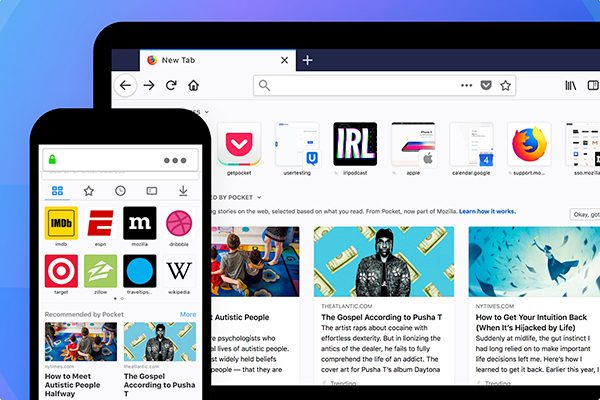

Mozilla Firefox is another web browser known for its privacy and customizability. At the forefront of its security features is a Private Browsing mode. This mode gives you a safe haven to browse the internet freely without tracking your search data. This feature doesn’t just keep your data off the books, though. It also offers tracking projection while you’re browsing privately.
Firefox also offers a number of ways to customize your browsing experience. You can change your home page to a website you often visit or customize your tools in the toolbar function. Another thing you can do on Firefox is to install add-ons that are made up of either extensions or themes. You can access them through the Add-Ons Manager tab.
Just like with Google Chrome, Firefox lets you sync your data across devices. However, it’s not just your bookmarks, log-ins, and history that can be synced. It also lets you sync web pages that you haven’t finished reading to read on another device. This function also applies to Android and iOS. This will let you switch between devices quickly without losing track of anything. Firefox also created its very own video-chat software called Firefox Hello. This feature is the equivalent of Zoom on Chrome, and it’s a completely free way to communicate with others.
Firefox has another unique feature called Firefox Share. This feature, in particular, lets you share interesting articles over through social media or even LinkedIn and email. Another interesting feature is Reading Mode, which allows you to customize the formatting and background colors of web pages. Firefox is an adaptable platform that can work with Windows, macOS, Linux, and even Android and iOS.
Opera Web Browser
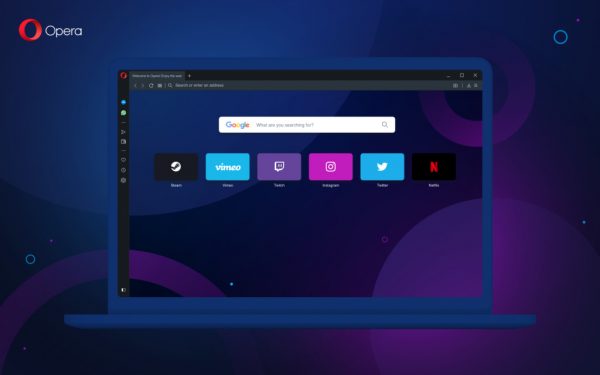

Opera is another feature-rich search engine that also happens to be Chromium-based. While the browser might appear like a new entrant to the web browser industry, it’s not. In fact, it’s been around for almost just as long as Internet Explorer. Opera released the very first version of its web browser in 1996. Back then, their intention was to use the browser to help academic institutions. Over time, the company would decide to commercialize the product and then switch out their original source code for Chromium.
Other than file syncing, Opera offers a wide selection of rather interesting features. The most eye-catching feature would be Speed Dial. Speed Dial provides you with a space to compile shortcuts for your favorite websites, which appear on the home page. Not only do you get to add thumbnails, but you also get to add extensions covering different topics.
Video Pop Out is another interesting feature. This feature allows your videos to be visible on a separate window where you can manipulate their movements. Add to that a Mouse Gesture feature that lets you use keyboard shortcuts to navigate web pages instead of your mouse.
Opera is also offering great security features. It has its own ad-blocker, which prevents those pesky ads from appearing on your browser. This feature is optional, though, and will require you to enable it manually. It also features its own virtual private network (VPN). This service provides an encrypted space for all of your data to pass through. There are also efficiency-related features like a battery-saving mode and a Turbo mode. The browser is also compatible with a wide selection of programs. That includes Windows, macOS, Linux, Android, and iOS.
Final Thoughts on Internet Explorer


If the timeline of Internet Explorer taught us anything, it is that all forms of technology eventually reach the point of obsolescence. The natural life cycle of technologies always starts with innovation, followed by adoption, and ends with obsolescence. Remember, it took over a year for developers to come up with Internet Explorer. It also took an additional three years before people warmed up to the program.
All of this happened at a time when competition in the web browser market was very minimal. But now, it has reached the point of obsolescence, as it no longer matches up to modern expectations. Like all other web browsers, Internet Explorer was always meant to reach its end at some point. And we are glad that it has finally passed the torch to Microsoft Edge.







